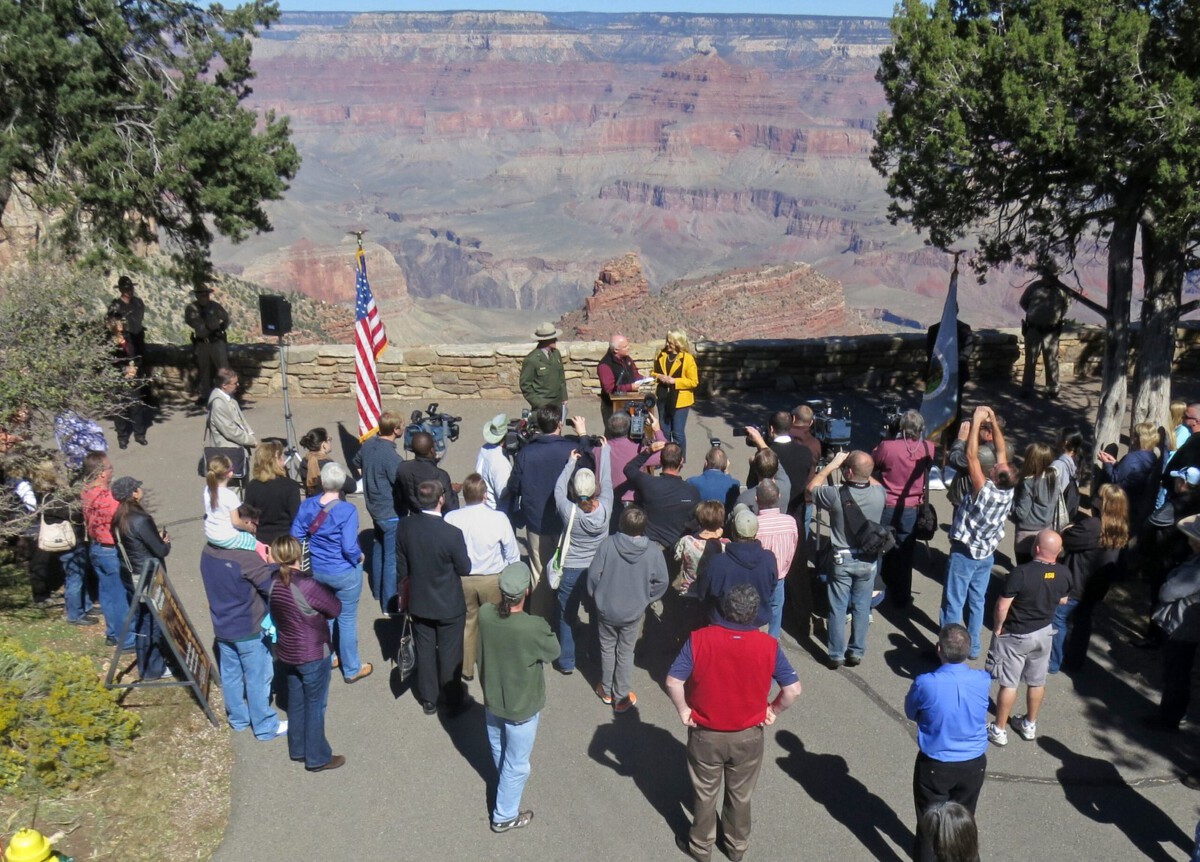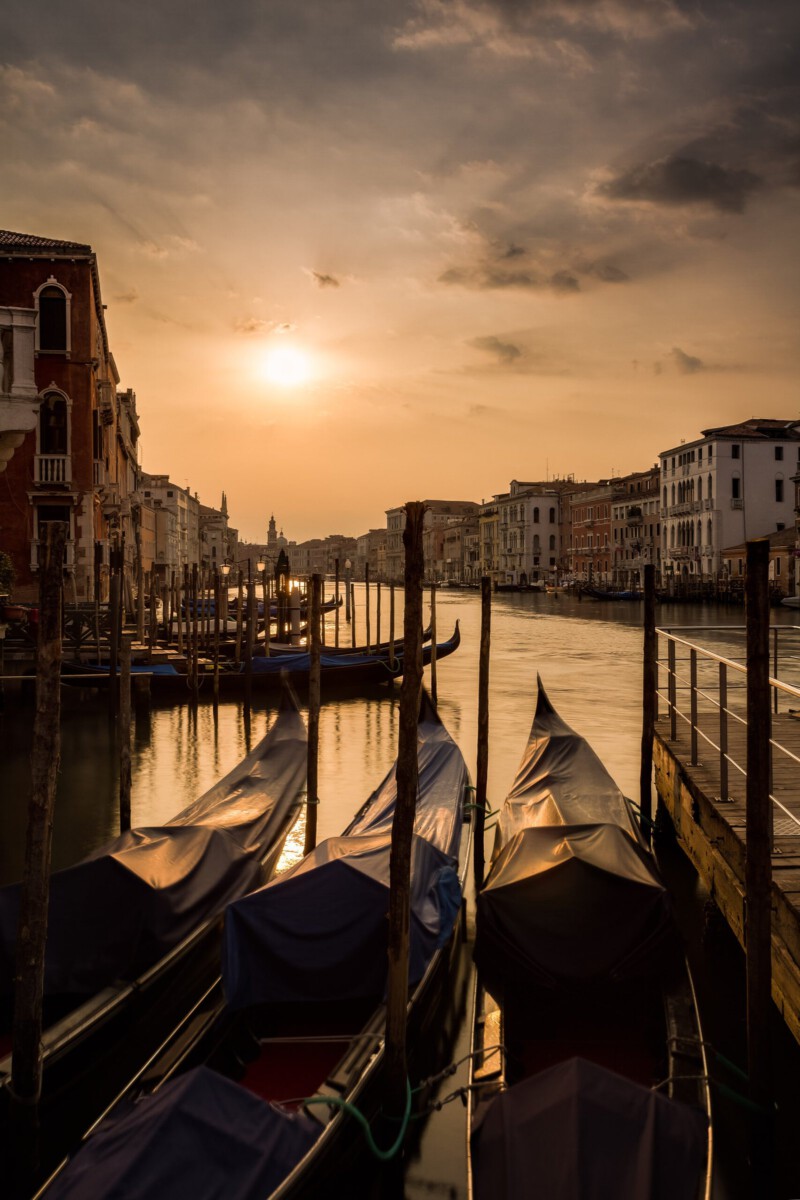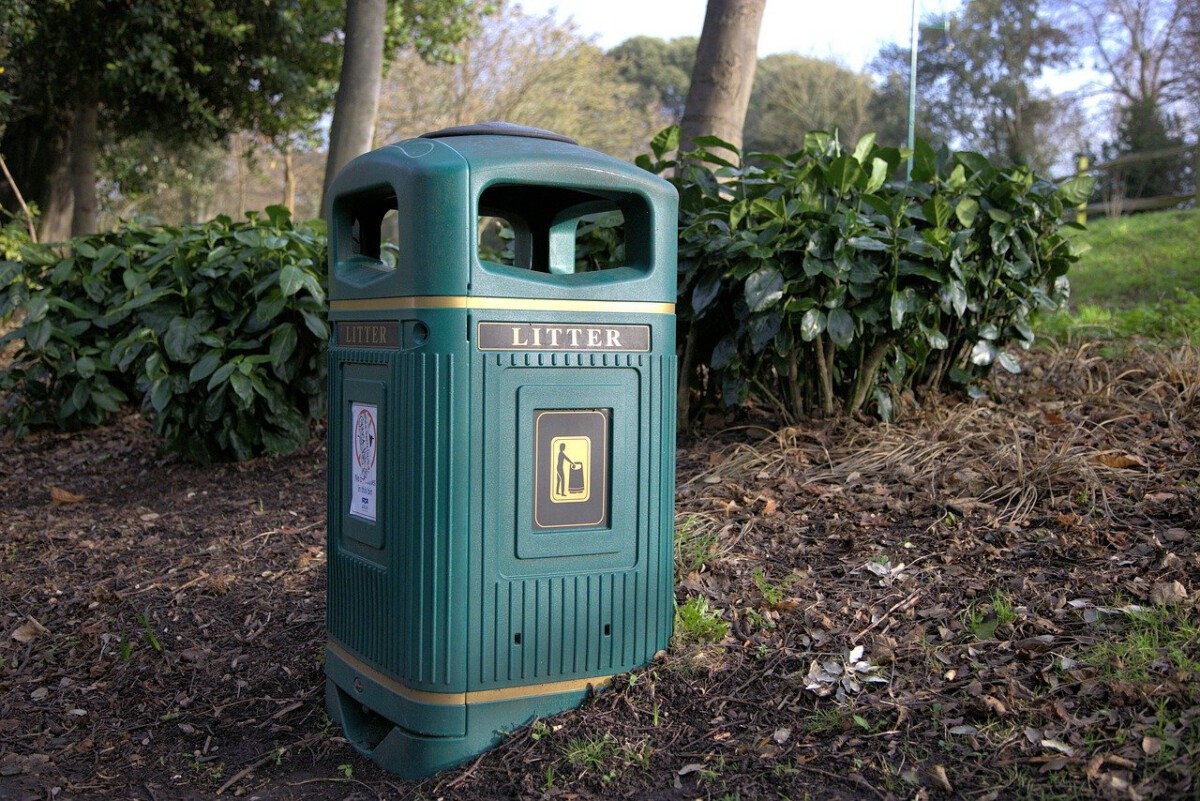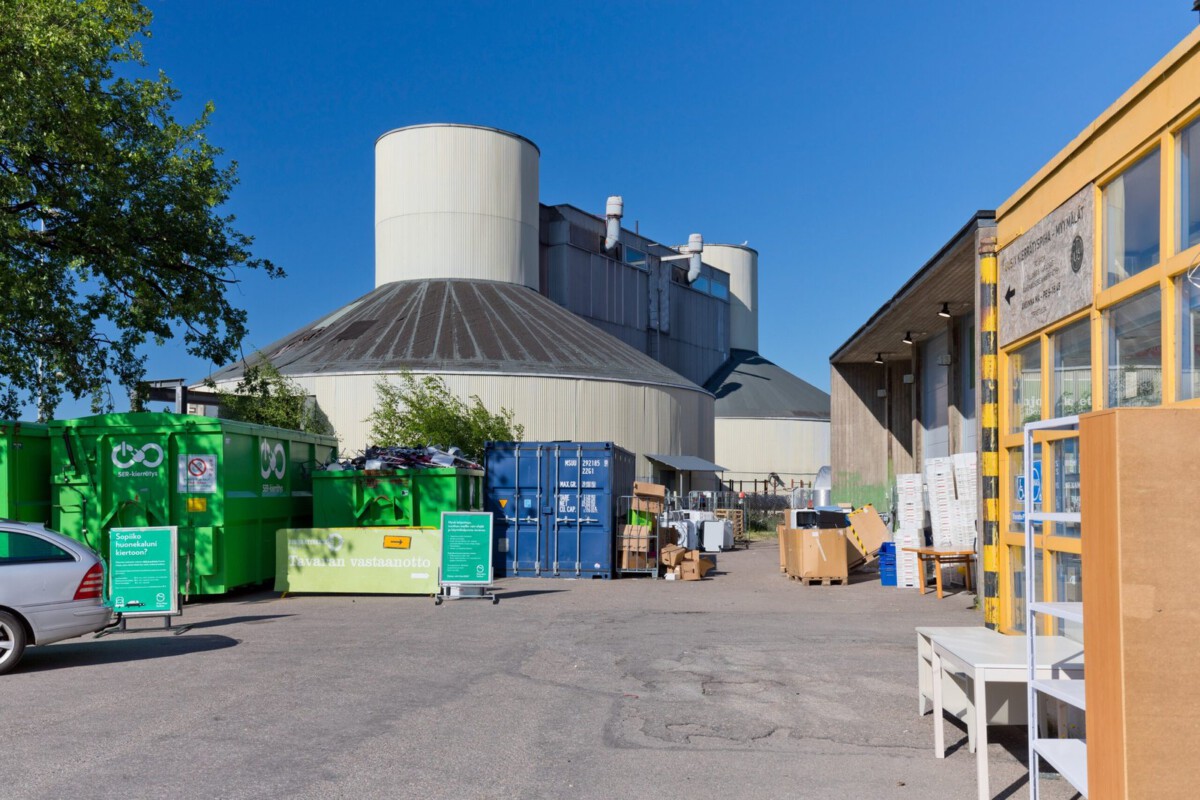America’s Deadliest National Park

It’s shocking, but true: Grand Canyon National Park has more tourist fatalities than any other national park in the United States. Over the decades, the park’s dramatic cliffs, unpredictable weather, and wild terrain have claimed hundreds of lives. While the Grand Canyon’s beauty is legendary, its dangers are just as real. Every year, millions of tourists—upwards of 4.7 million according to recent National Park Service data—stream into the park, undeterred by its reputation for risk. The thrill of standing on the edge of a mile-deep chasm seems to call to the daredevil in all of us. Even as tragic stories hit the headlines, the crowds keep coming, making the Grand Canyon both a bucket-list destination and a sobering reminder of nature’s power.
Fatality Numbers That Stun

Since Grand Canyon became a national park in 1919, more than 770 deaths have been recorded within its borders. The National Park Service reports an average of 12 to 15 fatalities per year, and that number includes falls, drownings, heat-related illnesses, and even rare animal attacks. Falling from the rim is the leading cause, accounting for hundreds of deaths—sometimes from visitors stepping too close to the edge for a daring photo. Drownings in the Colorado River and the effects of the canyon’s punishing heat also contribute to the grim tally. These sobering statistics don’t seem to slow the flow of visitors, but they do highlight just how unpredictable the wilderness can be.
Breathtaking Attractions—With Real Risks

The Grand Canyon offers some of the most awe-inspiring sights on Earth, drawing visitors to popular spots like the South Rim’s Mather Point, Bright Angel Trail, and the less-crowded North Rim. Hiking, white-water rafting, camping, and scenic drives are just a few of the activities that make the park so popular. However, with these adventures come real dangers: steep, unguarded cliffs, sudden storms, and extreme temperatures that can top 110°F in summer. Even experienced hikers face peril if they underestimate the canyon’s scale or overestimate their own abilities. Despite the risks, the promise of unforgettable views and experiences keeps people coming back in droves.
Wildlife Encounters: Rare but Risky

While the Grand Canyon isn’t known for large predators like grizzlies, it does have its share of wildlife hazards. Rattlesnakes, scorpions, and mountain lions inhabit the park, and there have been rare but frightening encounters. Most incidents are caused by visitors getting too close to animals, provoking defensive responses. The park has issued repeated warnings about not feeding wildlife and keeping a respectful distance, yet every year, emergency calls come in about bites, stings, or even aggressive deer. These stories serve as a reminder that the Grand Canyon is still wild at its heart.
Heat, Dehydration, and Hidden Dangers

One of the most underestimated threats in the Grand Canyon is the heat. Temperatures at the bottom of the canyon can soar far higher than at the rim, and the dry desert air quickly saps moisture from the body. Heatstroke and dehydration are leading causes of medical emergencies and deaths, especially for those attempting to hike down to the river and back in a single day. Rangers frequently rescue visitors who underestimated the effort or overestimated their fitness. The National Park Service stresses the need to carry plenty of water, wear protective clothing, and plan hikes for cooler hours, but every year, some ignore the warning—and pay the price.
Who Visits—and Who’s at Risk?

Grand Canyon National Park draws a diverse crowd. Families, solo adventurers, elderly tourists, and international travelers all make the journey. Data shows that a significant portion of fatalities involve men in their 20s and 30s, often those who venture off marked paths or attempt challenging hikes unprepared. However, risk does not discriminate; incidents have included children, seniors, and even park employees. Repeat visitors and first-timers alike are susceptible to the canyon’s dangers if they don’t take precautions. The park’s sheer popularity means more people are exposed to hazards, increasing the odds of accidents.
Park Efforts to Keep Visitors Safe

In response to its reputation, the National Park Service has stepped up safety initiatives at the Grand Canyon. Warning signs dot the most dangerous areas, and rangers routinely offer safety talks at visitor centers and trailheads. Emergency phones and water stations are strategically placed along popular routes. The park also runs public awareness campaigns online and distributes safety brochures in multiple languages. Despite these efforts, some visitors disregard the guidelines, putting themselves at risk. The challenge remains: how to balance accessibility and adventure with responsibility and caution.
Media Spotlight and Social Media’s Role

Whenever a fatality occurs at the Grand Canyon, media outlets quickly pick up the story, sometimes focusing on tragic details or the risky behavior that led to disaster. Social media amplifies these incidents further. Viral videos and dramatic photos can glamorize risky actions, such as standing on cliff edges for the perfect selfie. Yet, social media also serves as a platform for sharing safety tips and raising awareness about the park’s real dangers. The conversation online is a mix of awe, respect, and sometimes, disbelief at the risks people are willing to take for a memorable experience.
Stories That Shock and Teach

Some Grand Canyon fatalities have become national news, sparking debates about park safety and personal responsibility. In 2019, a tourist fell to his death while taking photos at Eagle Point. Another case involved a hiker who succumbed to heatstroke after attempting to trek rim-to-river and back in one day. These incidents have led to calls for stricter regulations, such as more barriers along cliffs or limits on access to certain trails. They also serve as powerful reminders of the need to respect the canyon’s unforgiving environment and follow the advice of rangers and experts.
Why the Crowds Never Stop Coming

Despite its reputation as the deadliest national park, the Grand Canyon’s allure is irresistible. The promise of seeing the sunrise over the rim, rafting through ancient rock layers, or simply standing in silent awe at the vastness below keeps people coming. Many visitors say the risk is part of the adventure, and that with common sense and preparation, the park can be enjoyed safely. The Grand Canyon remains a symbol of wild beauty and the enduring human desire to explore, even when the stakes are high.
The Enduring Mystery of Draw and Danger

The Grand Canyon’s blend of natural wonder and real risk makes it a place unlike any other. It challenges, inspires, and sometimes humbles those who visit. The stories of tragedy are as much a part of its legacy as the tales of awe and adventure. Each year, as new visitors arrive and old ones return, the canyon continues to fill with life—and, sometimes, with loss. The reasons people come are as deep and varied as the canyon itself.




